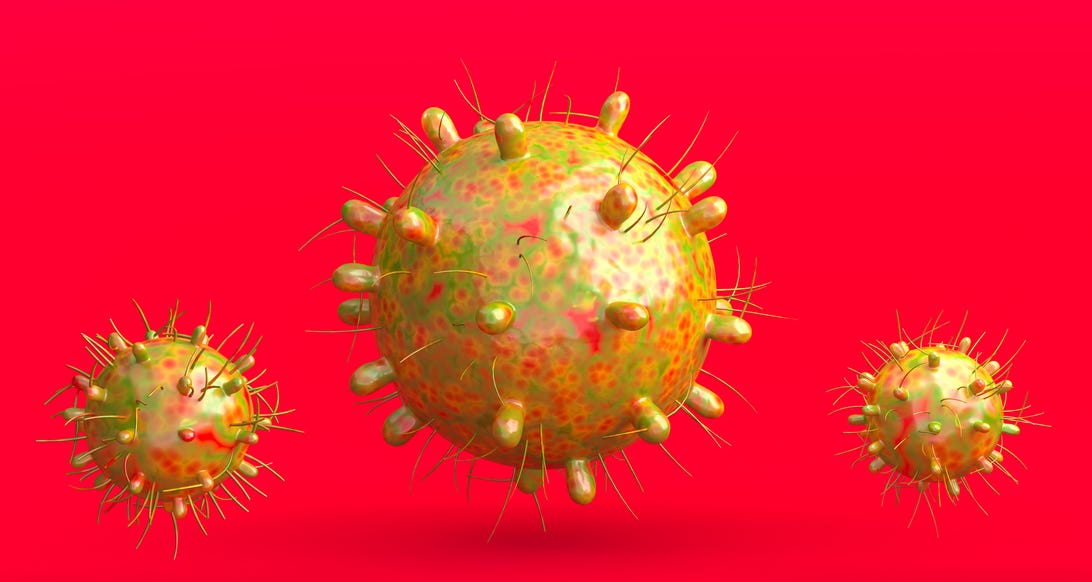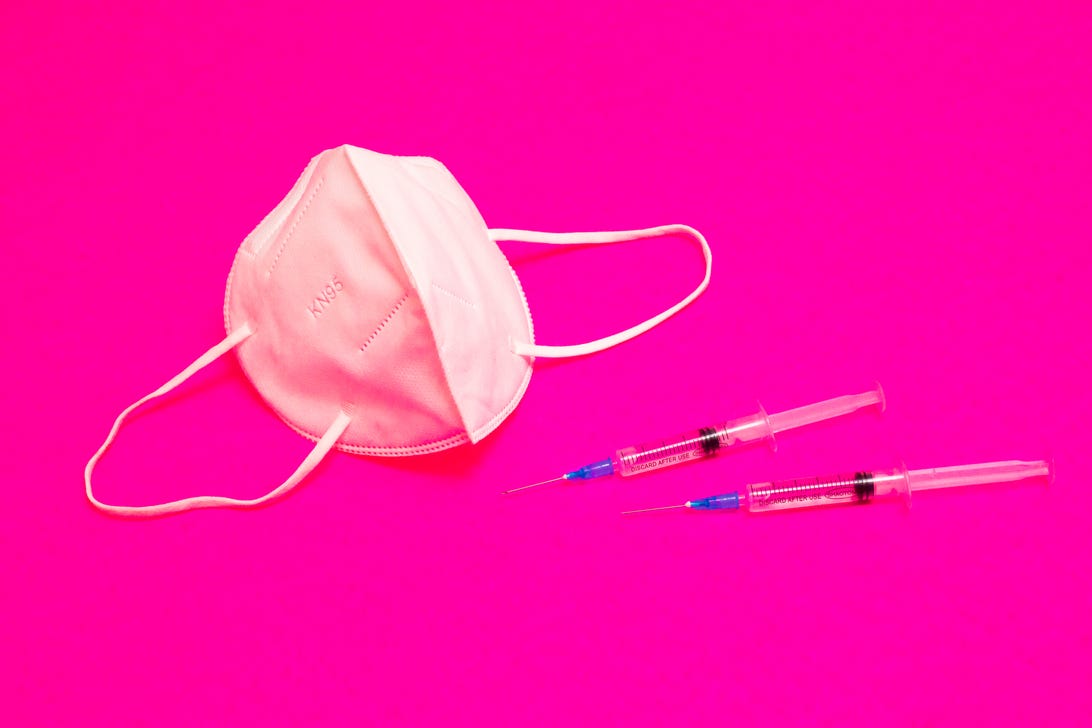

BA.2, also called "stealth omicron," is the dominant strain worldwide and responsible for a growing number of COVID-19 cases in the US. The US Centers for Disease Control and Prevention estimates that BA.2 made up 34.9% of COVID-19 cases in the week ending March 19.
In areas where the strain is more prevalent, it's likely contributing to a small increase in cases (New York) and hospitalizations (areas of New England), according to comments by CDC Director Dr. Rochelle Walensky at a White House COVID-19 Response Team Briefing last week.
While BA.2 is more contagious than the original omicron (BA.1), available data doesn't show it causing more severe disease, according to a late February statement by the World Health Organization. But as mask mandates and city vaccine requirements are expiring and the country moves into a new phase of dealing with the threat of COVID-19, some scientists caution that US is once again underestimating the coronavirus.
The US is also running short on money for its COVID-19 response, according to the White House, in a call to Congress. The Uninsured Program has already stopped accepting claims for COVID-19 testing and treatments for Americans without health insurance. The Biden administration is warning that without more funding, the US will run out of COVID-19 treatment supply and additional boosters or vaccines for all Americans.
BA.2 has led to larger waves in other countries, and public health officials are monitoring how the sublineage spreads in the US.
"This small increase in cases in the Northeast is something that we are closely watching as we look for any indication of an increase in severe disease from COVID-19 and track whether it represents any strain on our hospitals," Walensky said at the recent COVID-19 response briefing. "We have not yet seen this so far."
Here's what we know about BA.2.
Read more: Kids and Vaccines: Moderna Makes Big Moves on COVID Vaccine for Kids and Babies
Why is it called "stealth omicron"?
Scientists in South Africa were able to quickly identify omicron as a new variant this winter because of the way it presents through PCR tests. The original omicron causes a dropped signal or marker on the test that sets it apart from delta, which was the dominant variant prior to omicron. Omicron BA.2, however, doesn't have the same signal, called an S gene target failure. This makes it more stealthy, though genomic sequencing (which happens to about 10% of COVID-19 PCR tests in the US) will detect all omicron subvariants and coronavirus variants in general.
Read more: After 2 Years of COVID, Scientists Still Don't Have Answers to These Vital Questions

What are the symptoms of BA.2?
Data available currently suggests that BA.2 doesn't cause more severe disease than the original omicron variant, even if it is more transmissible. (The WHO notes that the transmission difference between original omicron and stealth omicron is smaller than the difference between delta and omicron.)
There isn't research available right now to suggest BA.2 causes different symptoms than the original omicron variant. For many people who catch COVID-19 (especially those who are fully vaccinated or boosted), COVID-19 symptoms resemble cold symptoms and you should stay home if you're sick.
According to the COVID symptom tracking app Zoe, the top five COVID-19 symptoms in December were runny nose, headache, fatigue, sneezing and sore throat.
Is BA.2 more severe? Can you get omicron twice?
One early Danish study, which hasn't been peer-reviewed, found no difference in hospitalization rates between the original omicron variant and BA.2. This is in contrast to another preliminary study from researchers in Japan who found that BA.2 may be different enough from the original omicron variant to be considered a whole new variant and could also be more severe.
The WHO, however, considering all available the real-world data, concluded there's no reported difference in severity between omicron BA.1 and BA.2, despite its growth advantage.
"BA.2 has a whole mess of new mutations that no one has tested," Dr. Jeremy Luban, a virologist at the University of Massachusetts Chan Medical School in Worcester, told Nature in February. Like previous variants and subvariants, scientists need to observe the virus in the real world to determine the significance of those mutations.
Like the original omicron, BA.2 makes our vaccines less protective against infection than earlier variants, but there isn't data now to show whether we're worse off with BA.2. In a March 8 statement, the WHO said that while there are cases of people getting sick with BA.2 after they've already had COVID-19 caused by omicron, early data suggests that infection with BA.1 provides "substantial protection" against BA.2, at least for a while.
At last week's briefing, Walensky said that BA.2 doesn't appear to be more likely to evade our immune protection, which includes the protection from vaccines.
The information contained in this article is for educational and informational purposes only and is not intended as health or medical advice. Always consult a physician or other qualified health provider regarding any questions you may have about a medical condition or health objectives.









 Add Category
Add Category